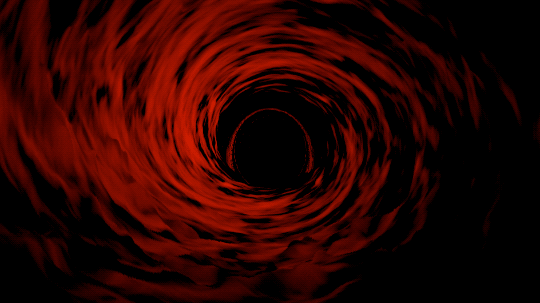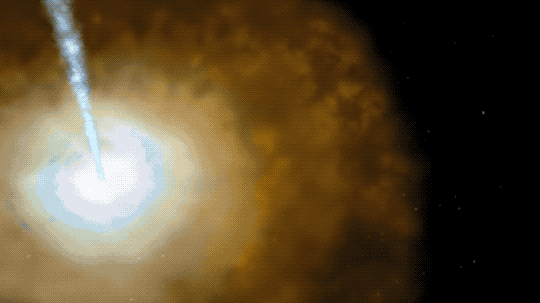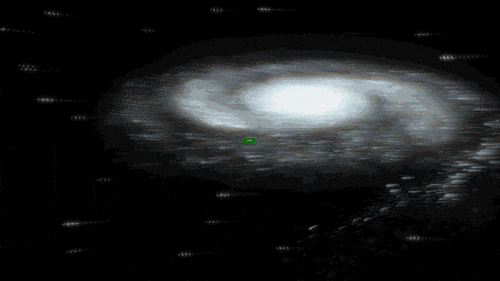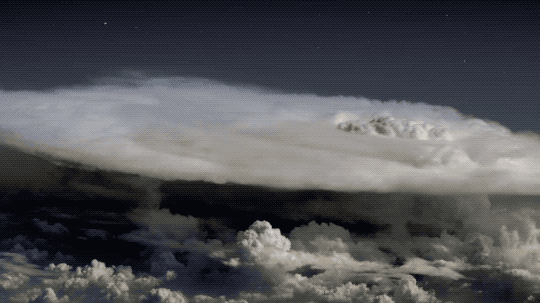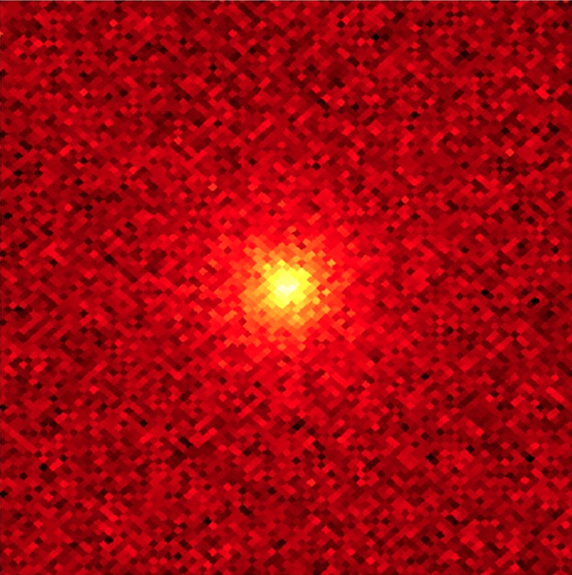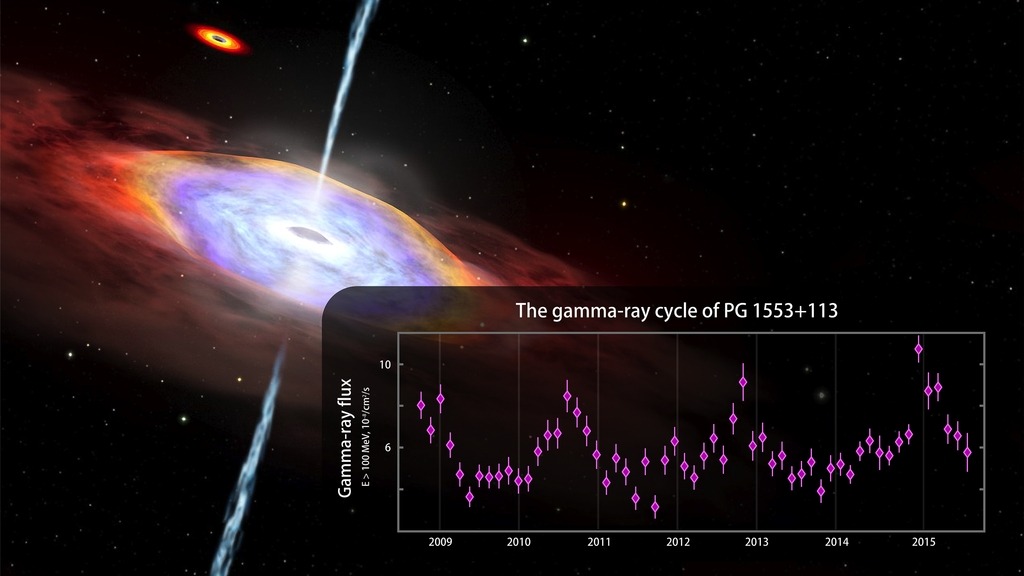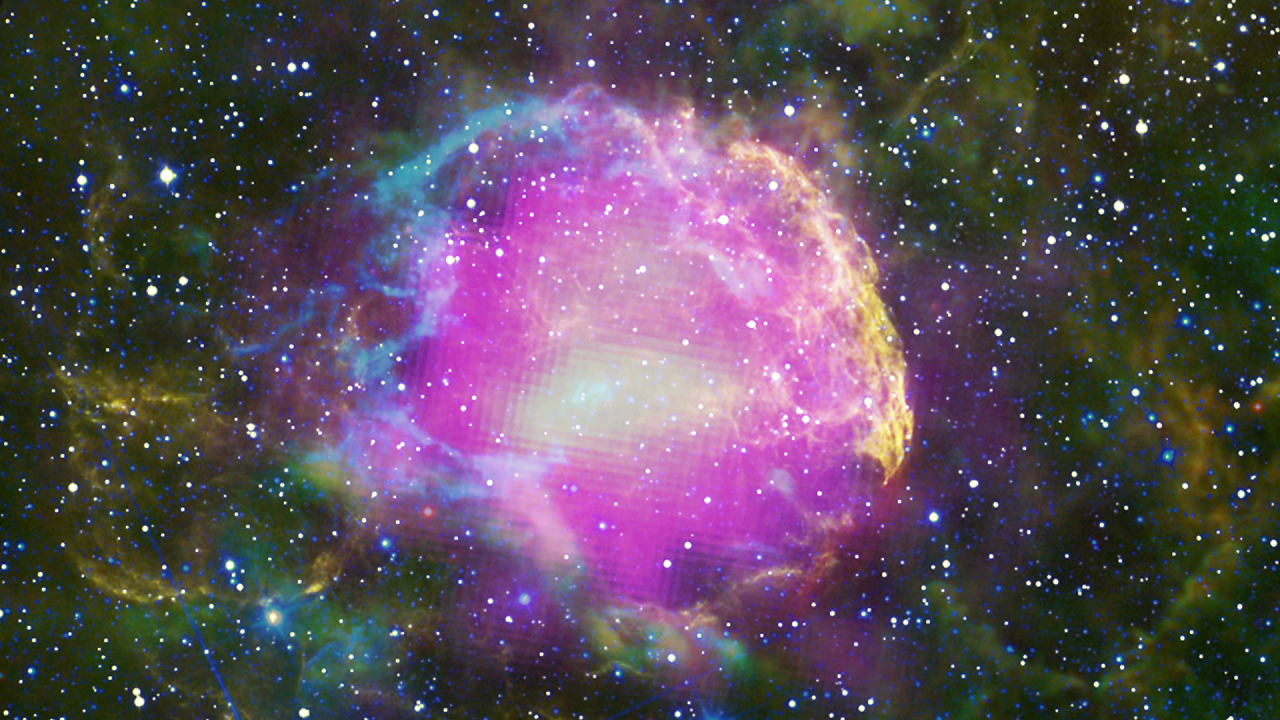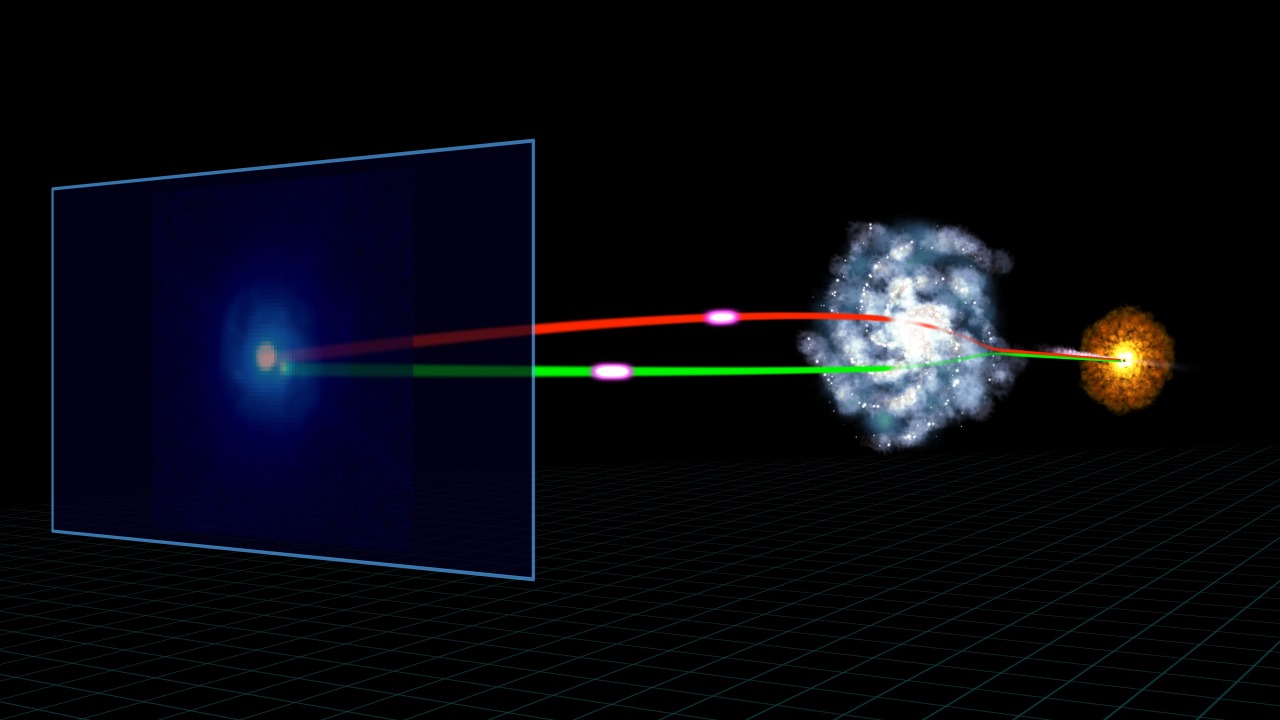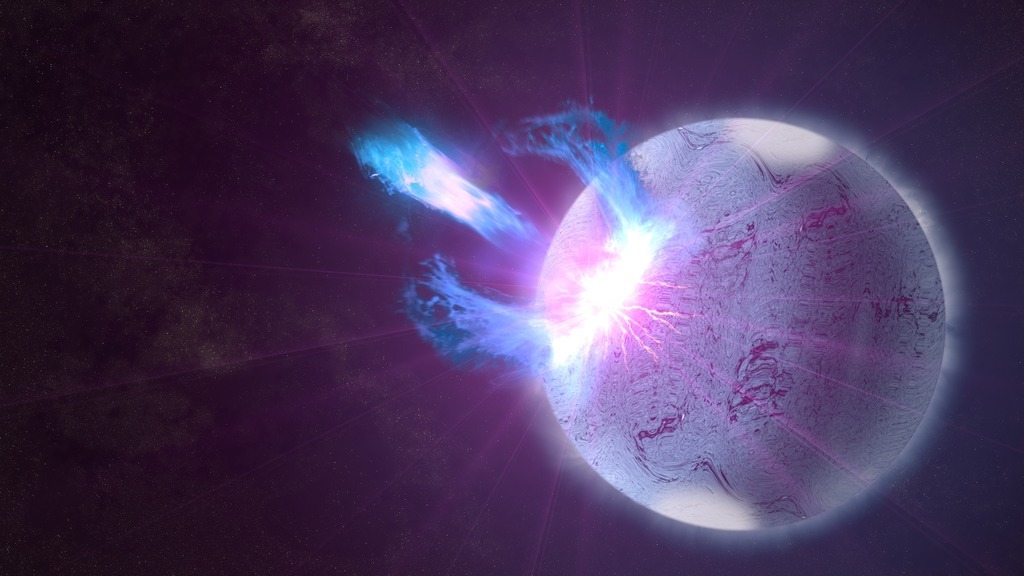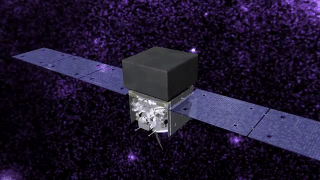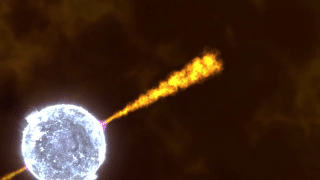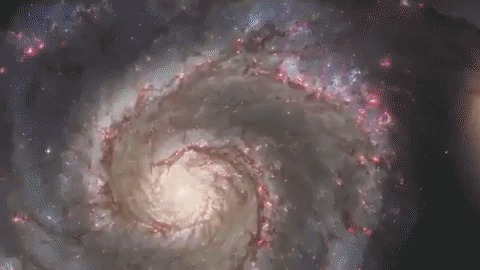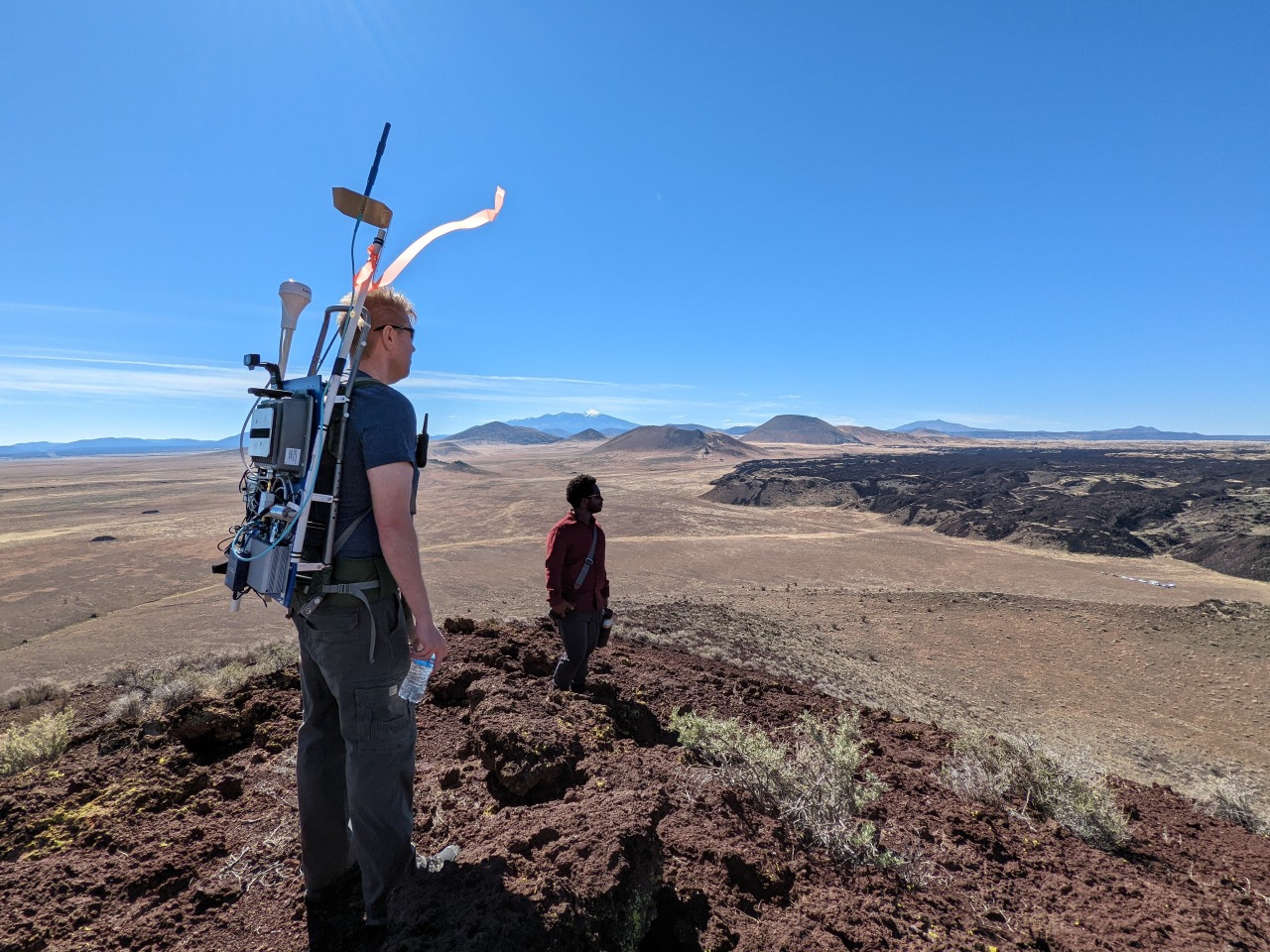Meet Fermi: Our Eyes on the Gamma-Ray Sky
Black holes, cosmic rays, neutron stars and even new kinds of physics — for 10 years, data from our Fermi Gamma-ray Space Telescope have helped unravel some of the biggest mysteries of the cosmos. And Fermi is far from finished!

On June 11, 2008, at Cape Canaveral in Florida, the countdown started for Fermi, which was called the Gamma-ray Large Area Space Telescope (GLAST) at the time.
The telescope was renamed after launch to honor Enrico Fermi, an Italian-American pioneer in high-energy physics who also helped develop the first nuclear reactor.
Fermi has had many other things named after him, like Fermi’s Paradox, the Fermi National Accelerator Laboratory, the Enrico Fermi Nuclear Generating Station, the Enrico Fermi Institute, and the synthetic element fermium.
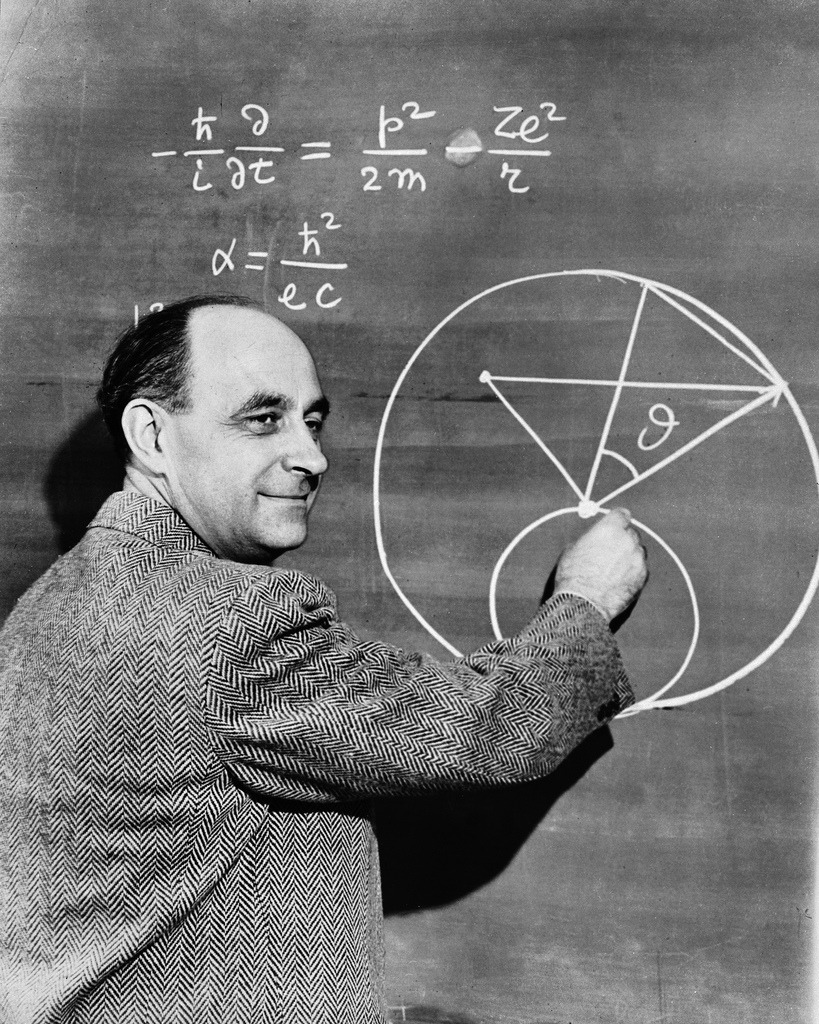
Photo courtesy of Argonne National Laboratory
The Fermi telescope measures some of the highest energy bursts of light in the universe; watching the sky to help scientists answer all sorts of questions about some of the most powerful objects in the universe.
Its main instrument is the Large Area Telescope (LAT), which can view 20% of the sky at a time and makes a new image of the whole gamma-ray sky every three hours. Fermi’s other instrument is the Gamma-ray Burst Monitor. It sees even more of the sky at lower energies and is designed to detect brief flashes of gamma-rays from the cosmos and Earth.

This sky map below is from 2013 and shows all of the high energy gamma rays observed by the LAT during Fermi’s first five years in space. The bright glowing band along the map’s center is our own Milky Way galaxy!

So what are gamma rays?
Well, they’re a form of light. But light with so much energy and with such short wavelengths that we can’t see them with the naked eye. Gamma rays require a ton of energy to produce — from things like subatomic particles (such as protons) smashing into each other.
Here on Earth, you can get them in nuclear reactors and lightning strikes. Here’s a glimpse of the Seattle skyline if you could pop on a pair of gamma-ray goggles. That purple streak? That’s still the Milky Way, which is consistently the brightest source of gamma rays in our sky.

In space, you find that kind of energy in places like black holes and neutron stars. The raindrop-looking animation below shows a big flare of gamma rays that Fermi spotted coming from something called a blazar, which is a kind of quasar, which is different from a pulsar… actually, let’s back this up a little bit.

One of the sources of gamma rays that Fermi spots are pulsars. Pulsars are a kind of neutron star, which is a kind of star that used to be a lot bigger, but collapsed into something that’s smaller and a lot denser. Pulsars send out beams of gamma rays. But the thing about pulsars is that they rotate.
So Fermi only sees a beam of gamma rays from a pulsar when it’s pointed towards Earth. Kind of like how you only periodically see the beam from a lighthouse. These flashes of light are very regular. You could almost set your watch by them!

Quasars are supermassive black holes surrounded by disks of gas. As the gas falls into the black hole, it releases massive amount of energy, including — you guessed it — gamma rays. Blazars are quasars that send out beams of gamma rays and other forms of light — right in our direction.
When Fermi sees them, it’s basically looking straight down this tunnel of light, almost all the way back to the black hole. This means we can learn about the kinds of conditions in that environment when the rays were emitted. Fermi has found about 5,500 individual sources of gamma rays, and the bulk of them have been blazars, which is pretty nifty.

But gamma rays also have many other sources. We’ve seen them coming from supernovas where stars die and from star factories where stars are born. They’re created in lightning storms here on Earth, and our own Sun can toss them out in solar flares.
Gamma rays were in the news last year because of something Fermi spotted at almost the same time as the National Science Foundation (NSF)’s Laser Interferometer Gravitational-Wave Observatory (LIGO) and European Gravitational Observatory’s Virgo on August 17, 2017. Fermi, LIGO, Virgo, and numerous other observatories spotted the merger of two neutron stars. It was the first time that gravitational waves and light were confirmed to come from the same source.

Fermi has been looking at the sky for almost 10 years now, and it’s helped scientists advance our understanding of the universe in many ways. And the longer it looks, the more we’ll learn. Discover more about how we’ll be celebrating Fermi’s achievements all year.
Make sure to follow us on Tumblr for your regular dose of space: http://nasa.tumblr.com.


